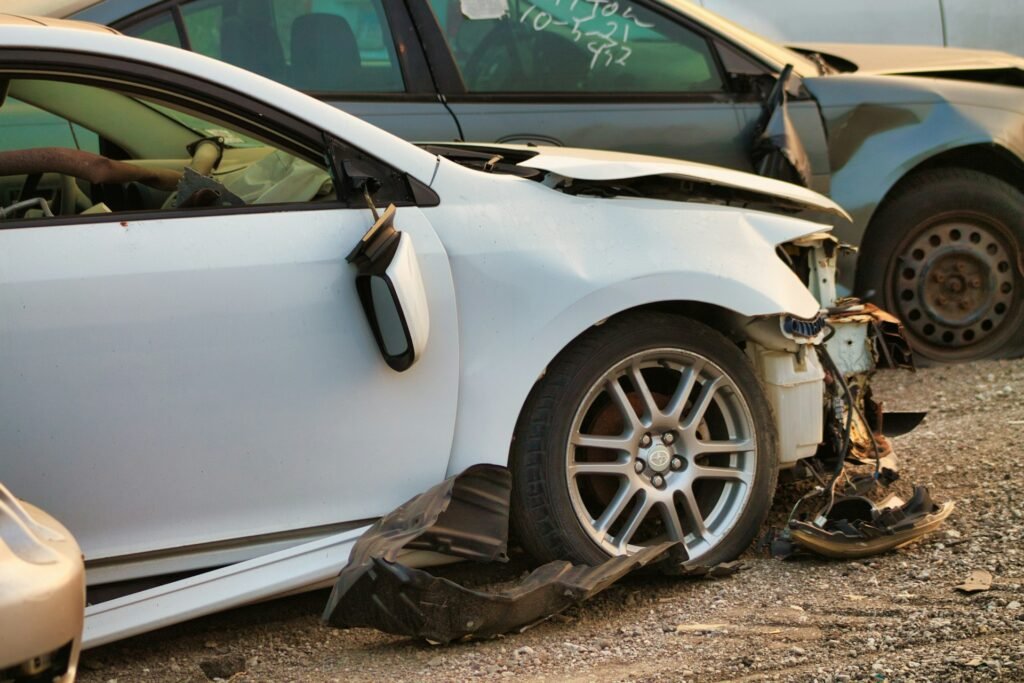When it comes to purchasing a car, the traditional route of visiting dealerships or private sellers is not the only option available. Car auctions present a unique opportunity for buyers to potentially snag a great deal on a vehicle. However, the allure of auctions comes with its own set of considerations and risks. In this article, we will delve into the world of car auctions to explore whether bidding on cars at these events is truly worth it. From understanding the auction process to weighing the pros and cons, we will help you navigate this alternative car-buying avenue effectively.
Table of Contents
What cars are sold at Copart and IAAI auctions?
At Copart and IAAI auctions, a wide range of vehicles are sold, with a primary focus on damaged cars that have undergone various types of distress such as flooding, severe accidents, or other significant damages. These auctions typically feature vehicles that may not be in optimal condition, making them ideal for buyers looking to acquire cars for parts, salvage, or restoration projects. The cars offered at these auctions often come with histories that include damage that could make repairs unprofitable or challenging.
See also: Know How to Negotiate a Used Car
Whether it’s due to structural issues from severe accidents or extensive water damage from flooding, these vehicles can be difficult to repair to a standard that would justify the time and cost invested. Despite these challenges, Copart and IAAI auctions provide a unique opportunity for buyers interested in salvaging parts or undertaking restoration projects with vehicles that may not be easily found elsewhere.
What surprises might be waiting for buyers?
For buyers at auctions like Copart and IAAI, a multitude of surprises may lurk beneath the surface when purchasing vehicles. One common surprise is discovering that the car does not start, indicating underlying mechanical issues that may require costly repairs. Additionally, repair costs can often soar much higher than anticipated, especially when dealing with damaged cars that may have hidden damages not initially apparent from photos or descriptions.
These auctions often present vehicles with additional defects beyond what is visible in pictures, potentially leading to unforeseen expenses down the road. Buyers may encounter expensive repair bills due to the extent of damage or the presence of underlying issues that were not disclosed upfront, highlighting the importance of thorough inspection and due diligence before committing to a purchase.
Why does buying a damaged car pay off?
Buying a damaged car can often pay off for savvy buyers due to several key factors. Importing and repairing a damaged vehicle can be significantly cheaper than purchasing a new car, leading to substantial savings in the long run. Opting for a damaged car allows buyers to access big savings compared to buying a brand-new vehicle off the lot. In many cases, the total cost of purchasing a new car far exceeds the expenses involved in repairing a damaged car, making the latter a more cost-effective option for budget-conscious buyers looking to maximize their investment. By choosing to repair a damaged car instead of buying new, buyers can capitalize on the potential for significant financial benefits and enjoy a vehicle that meets their needs without breaking the bank.
See also: Top 10 Things to Look for When Buying a Used Car
Where can I check the historical prices of cars at Copart and IAAI auctions?
If you’re looking to check the historical prices of cars at Copart and IAAI auctions, a reliable source to turn to is bidspace.info. This website offers access to the Copart and IAAI auction archive, providing valuable insights into historical prices, auction history, and trends. By utilizing data from these two services, you can gain a comprehensive understanding of past auction results and make more informed decisions when participating in future auctions.

